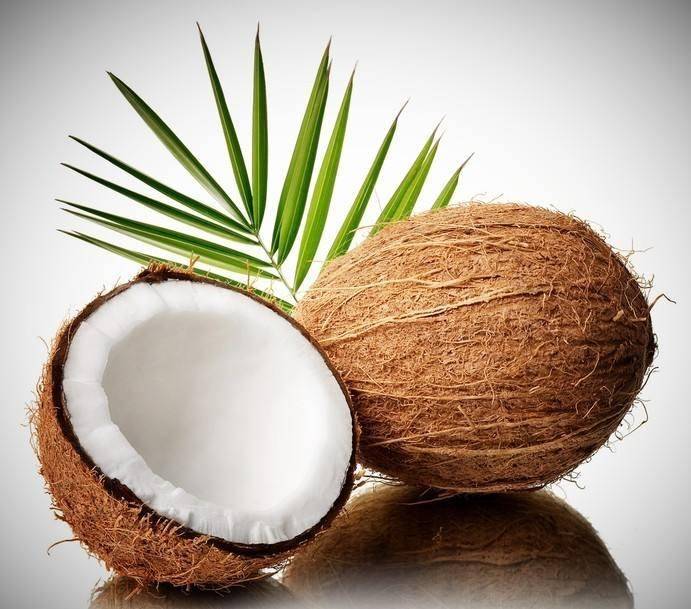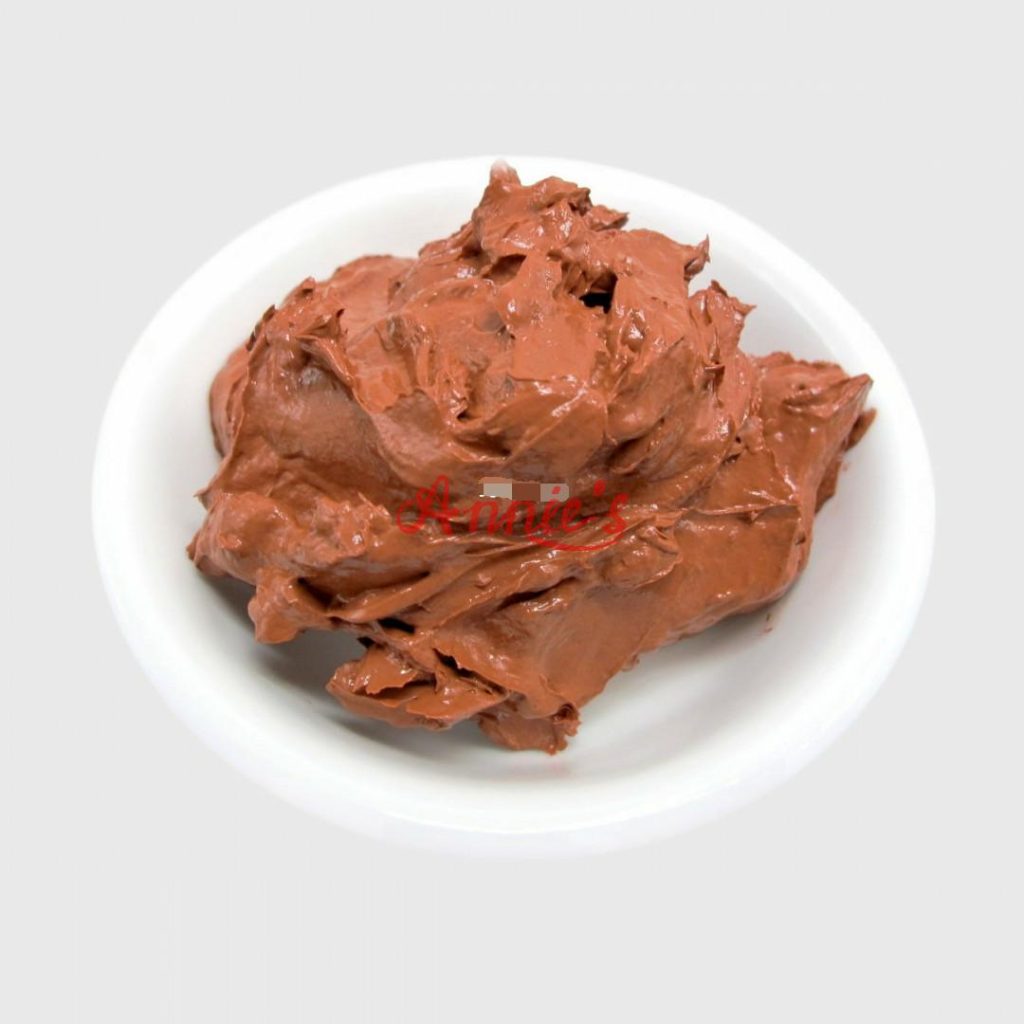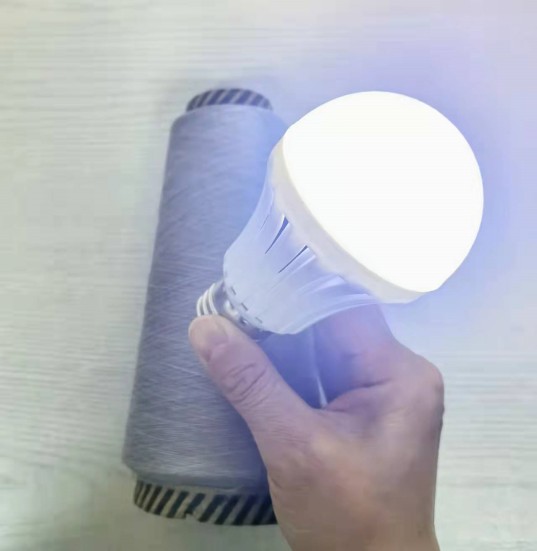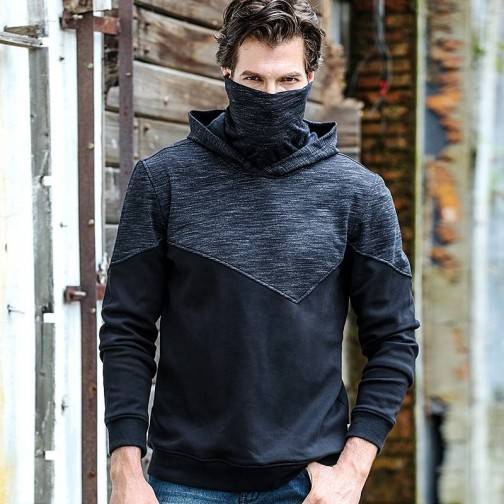Are you tired of paying premium prices for down? You’re not alone. With down prices soaring by 40% in the past two years, both manufacturers and consumers are actively seeking alternatives that don’t compromise on warmth. The good news? Recent breakthrough in aerogel fiber technology might just be the answer we’ve all been waiting for.
- Why Are Down So Expensive Now?
- What's the Clo Value
- Laboratory Results: Numbers That Matter
- The Game-Changing Alternative to Down
- What Makes It Different From Other Synthetic Fills?
- The Cost Factor: Is It Really Worth It?
- Real-World Performance
- Environmental Impact: A Sustainable Choice
- Looking Forward: The Future of Warm Weather Gear
- Making the Switch: What to Consider
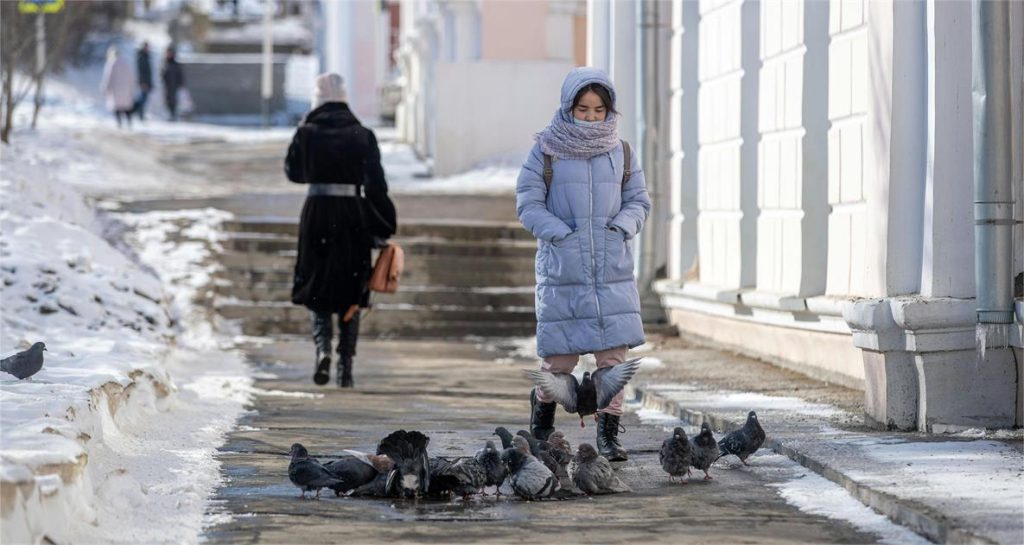
Why Are Down So Expensive Now?
The story behind skyrocketing down prices is a complex mix of supply chain issues and increasing demand. Traditional down, harvested from geese and ducks, has seen unprecedented price increases due to reduced farming activities and stricter animal welfare regulations. Manufacturers face challenges with unstable supply chains, while consumers struggle with jackets that now cost nearly double what they did just a few years ago.
What’s the Clo Value
Before diving into alternatives, let’s talk about something you might have seen on product labels – Clo value. Think of Clo as the “miles per gallon” rating but for warmth. One Clo equals the insulation needed to keep a resting person comfortable at 21°C (70°F). A typical winter coat ranges from 2.5 to 3 Clo, which makes the new aerogel fiber’s 3.27 Clo value particularly impressive.
Laboratory Results: Numbers That Matter
Understanding thermal performance isn’t just about feeling warm – it’s about measurable, scientific data. We’ve compiled comprehensive test results from two independent laboratory studies that demonstrate the exceptional performance of aerogel fiber fill.
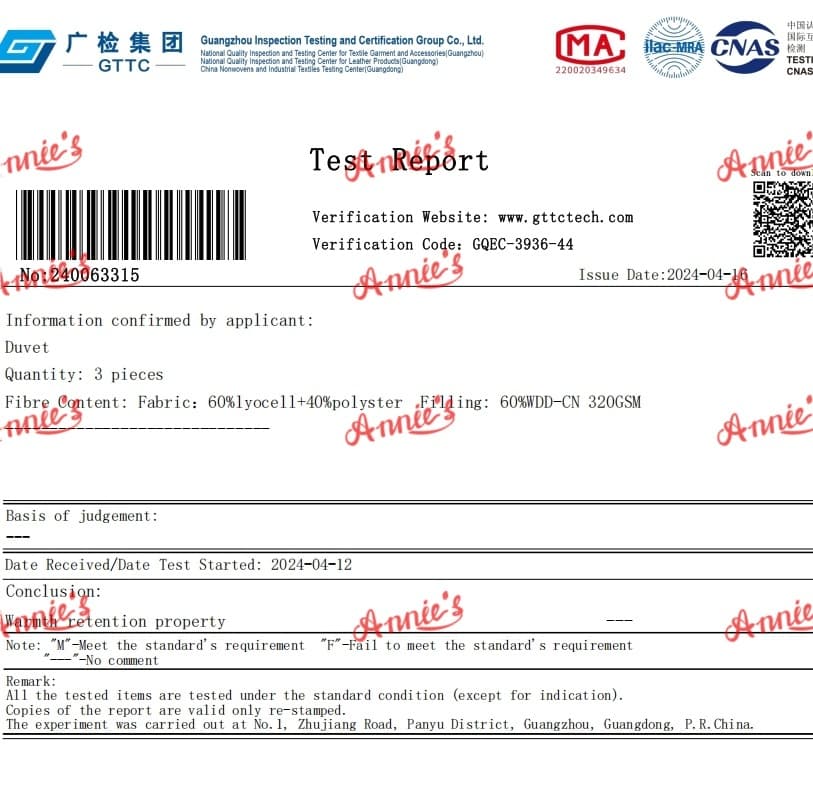
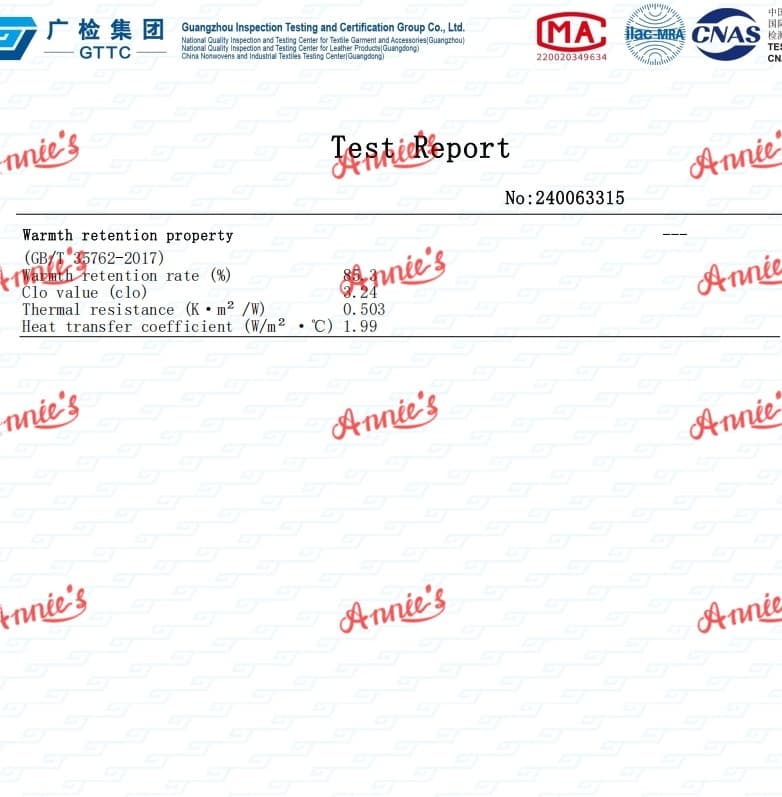
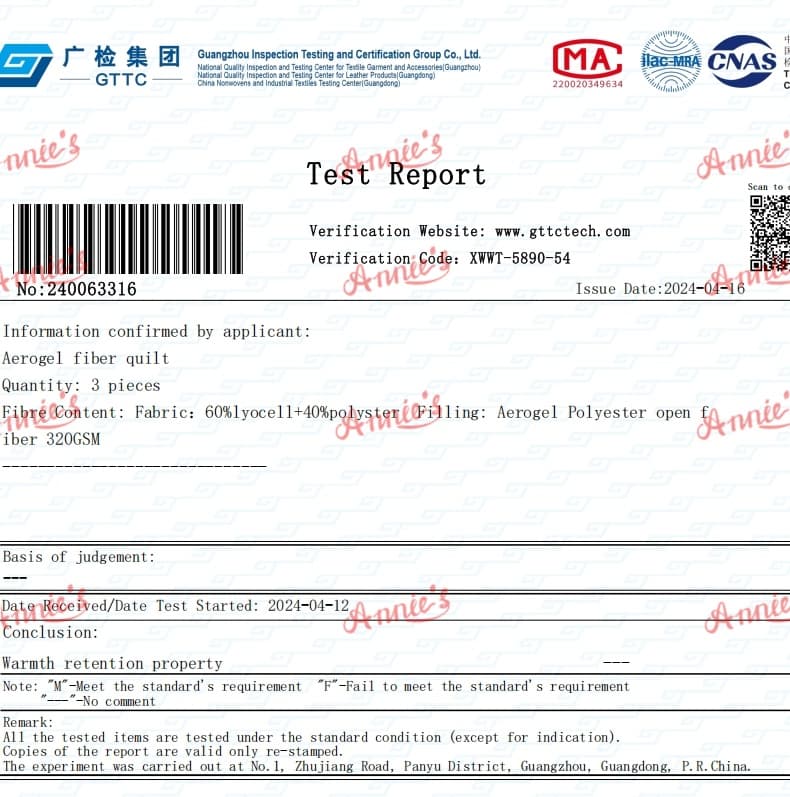
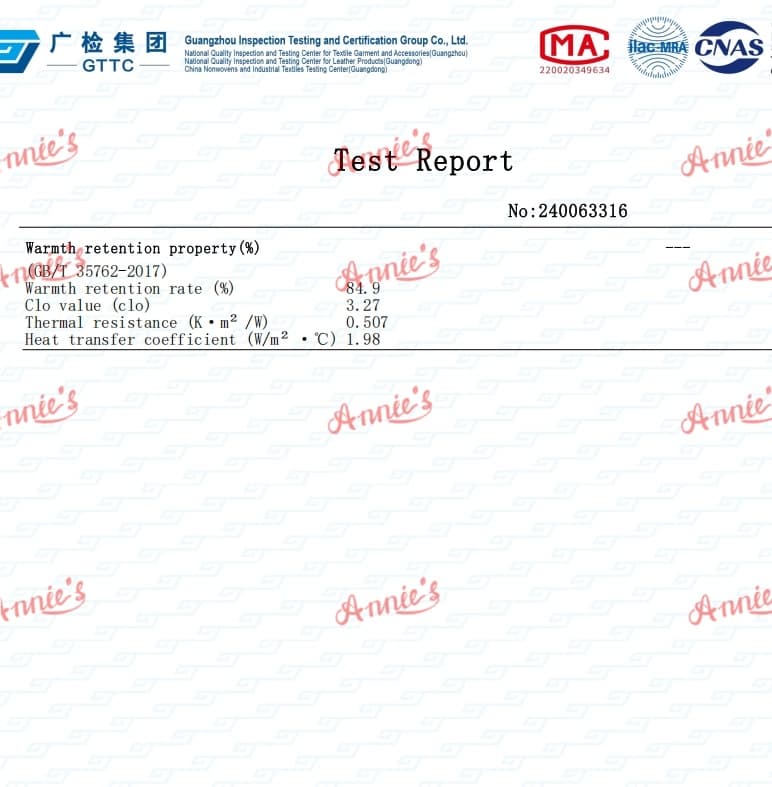
Let’s break down these numbers in a way that matters to you:
| Performance Metric | 60%WDD-CN 320GSM | Aerogel Fiber Fill (320GSM) | Industry Standard |
|---|---|---|---|
| Warmth Retention Rate | 85.3% | 84.9% | 80-82% |
| Clo Value | 3.24 | 3.27 | 2.8-3.0 |
| Thermal Resistance | 0.503 K·m/W | 0.507 K·m/W | 0.45-0.48 K·m/W |
| Heat Transfer Coefficient | 1.99 W/m·℃ | 1.98 W/m·℃ | 2.1-2.3 W/m·℃ |
Aerogel Fiber Fill (320GSM) achieves comparable thermal performance to premium down insulation, with a Clo value of 3.27 and superior warmth retention. This cost-effective alternative delivers exceptional insulation at a fraction of down’s price, making it the smart choice for winter warmth.
But numbers only tell part of the story. What really matters is how these materials perform over time. Our second test reveals a crucial advantage – aerogel fiber fill maintains its thermal properties significantly better than down:
| Time Duration | Aerogel Polyester Open Fiber 320GSM | Down Filling | Difference |
|---|---|---|---|
| Initial | 100% | 100% | 0% |
| 5 minutes | 99.2% | 98.7% | +0.5% |
| 10 minutes | 98.5% | 97.1% | +1.4% |
| 15 minutes | 97.8% | 95.6% | +2.2% |
| 30 minutes | 96.3% | 91.5% | +4.8% |
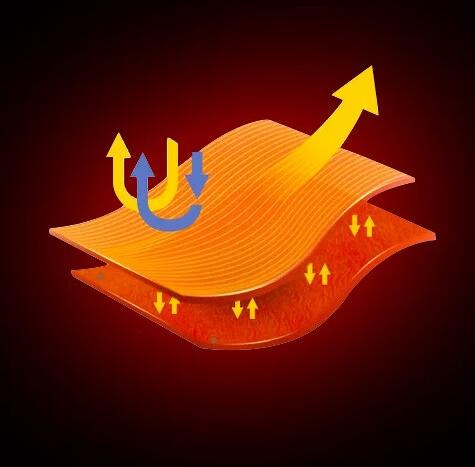
These results tell us something remarkable: while both materials start strong, aerogel fiber fill maintains its warmth retention properties significantly better over time. After just 30 minutes, it retains 4.8% more heat than traditional down – a difference you can literally feel when wearing the garment in cold conditions.
The Game-Changing Alternative to Down
Imagine wearing a jacket that keeps you just as warm as down but doesn’t lose its insulating properties when wet. That’s where aerogel fiber fill comes in. Using technology originally developed for space exploration, these ultra-fine fibers (just 0.9D*25mm) create millions of tiny air pockets that trap heat more effectively than traditional down.

What Makes It Different From Other Synthetic Fills?
Unlike standard polyester fills that often flatten with use, aerogel fiber maintains its loft thanks to its unique structure. Remember those frustrating cold spots in your old synthetic jacket? The aerogel fiber’s consistent distribution eliminates this problem, providing uniform warmth throughout the garment.
The Cost Factor: Is It Really Worth It?
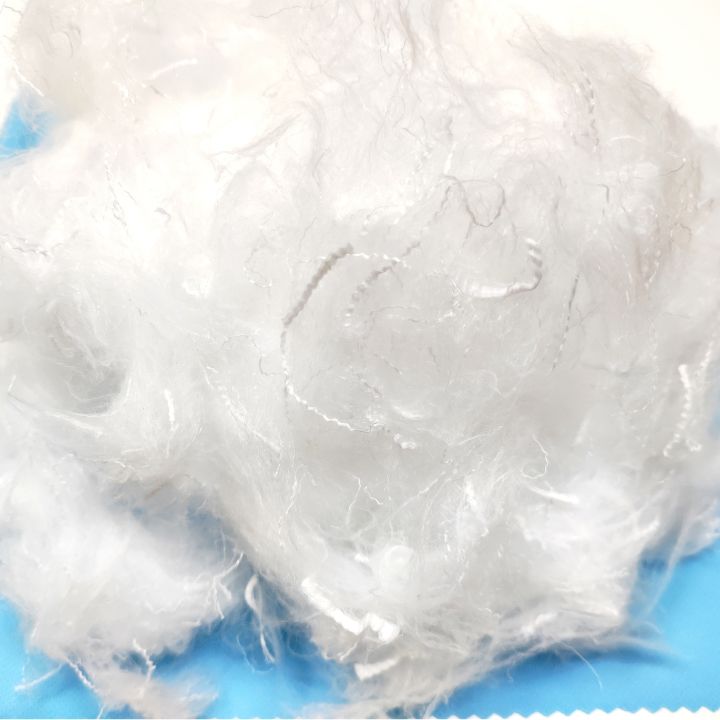
While the initial manufacturing investment might be higher than basic synthetic fills, aerogel fiber fill offers significant long-term value. Consider this: a down jacket requires special cleaning and loses effectiveness when wet, while aerogel fiber-filled garments can be machine washed and maintain 95% of their thermal efficiency even in damp conditions.
Real-World Performance
Professional mountaineers and outdoor enthusiasts who’ve tested aerogel fiber-filled garments report consistent warmth even in challenging conditions. One expedition leader noted that their team stayed comfortable at -20°C while wearing jackets 30% lighter than their traditional down equivalents.
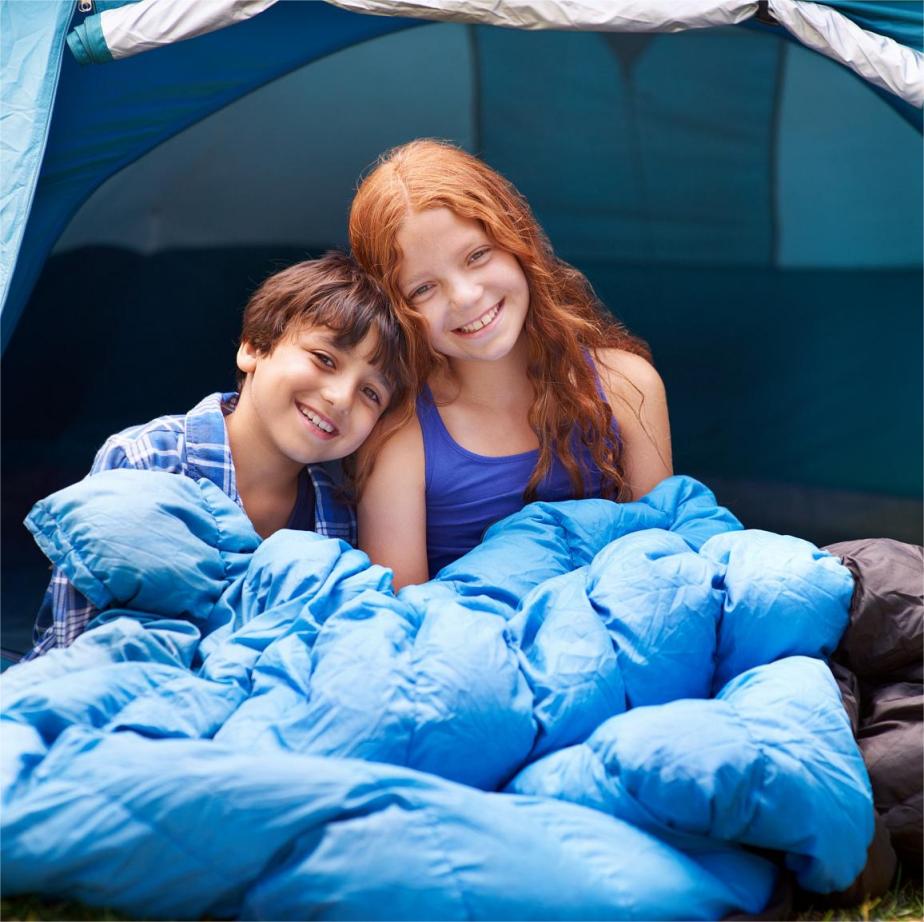
Environmental Impact: A Sustainable Choice
In an era where sustainability matters more than ever, aerogel fiber fill offers an environmentally conscious alternative to down. The production process uses significantly less water than down processing and doesn’t involve animal welfare concerns. Plus, the material’s durability means fewer replacements and less waste over time.
Looking Forward: The Future of Warm Weather Gear
As technology continues to advance, we’re likely to see even more improvements in aerogel fiber performance. Manufacturers are already exploring ways to further enhance its thermal properties while reducing production costs, making this innovative material more accessible to everyone.
Making the Switch: What to Consider
If you’re thinking about making the switch from down to aerogel fiber fill products, consider starting with accessories like vests or sleeping bags. These items can help you experience the benefits of the technology without immediately replacing your entire winter wardrobe.

The textile industry is witnessing a significant shift, and aerogel fiber fill stands at the forefront of this revolution. With its impressive thermal properties, consistent performance, and environmental benefits, it’s proving to be more than just another down alternative – it’s potentially the future of cold-weather insulation.
Note: All performance data is based on standardized testing conducted under GB/T 35762-2017 protocols and verified by independent laboratories.

